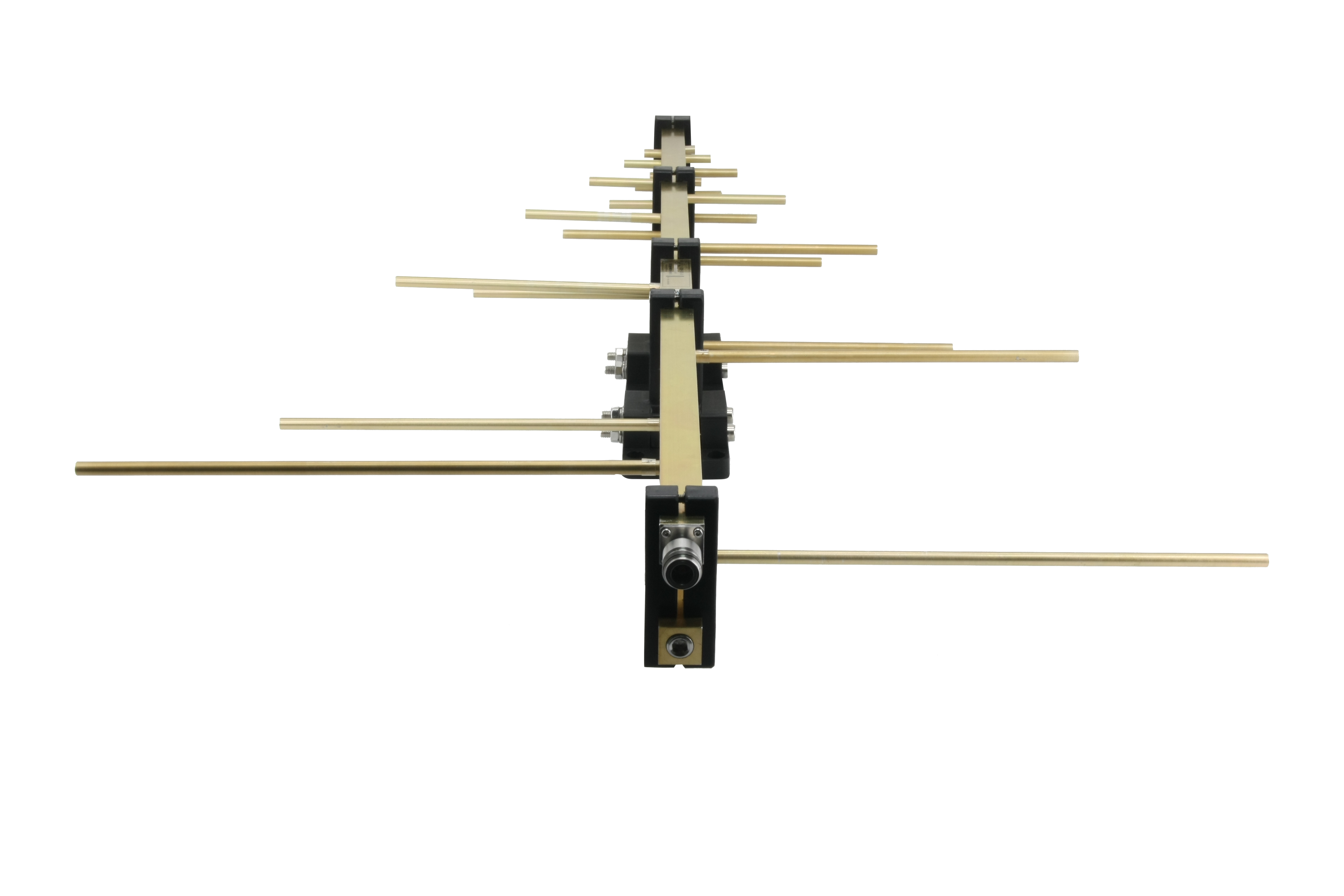EMC Standard Log-Period Antenna
A EMC Standard Log-Period Antenna is a widely used type of antenna in the field of wireless communications and RF applications. It is renowned for its wideband characteristics and uniform radiation pattern.
The structure of a log-periodic antenna consists of a series of paired metal elements arranged in a logarithmic periodic manner, where the lengths and spacings of these elements increase or decrease according to the logarithmic periodicity law. This design allows the log-periodic antenna to exhibit similar characteristics across multiple frequency ranges, enabling it to have a wide bandwidth and cover multiple frequency bands.
The operation of a log-periodic antenna is based on the different lengths and spacings of the elements within each frequency range, allowing the antenna to match the radiation requirements at different frequencies. Its design takes into account adaptive and self-compensating features, enabling the antenna to maintain stable radiation characteristics as the frequency varies.
Key features of a log-periodic antenna include:
- Wideband characteristics: Log-periodic antennas can operate over a wide frequency range, making them suitable for various communication and RF applications.
- Uniform radiation pattern: Log-periodic antennas exhibit a relatively uniform radiation pattern, providing consistent radiation coverage and directionality.
- Stable gain: Log-periodic antennas maintain stable gain performance as the frequency changes, resulting in consistent performance across different frequency bands.
- Simple structure: Log-periodic antennas have a relatively simple structure, making them easy to manufacture and install.
- Multi-band applications: Due to their wideband characteristics, log-periodic antennas are commonly used in applications that require coverage across multiple frequency bands, such as wireless communications, television, and radio broadcasting.
Log-periodic antennas find extensive applications in broadcasting, wireless communications, radar systems, unmanned aerial vehicles (UAVs), and aerospace industries. They can meet the demands of multi-band communications and provide stable and consistent radiation performance.


